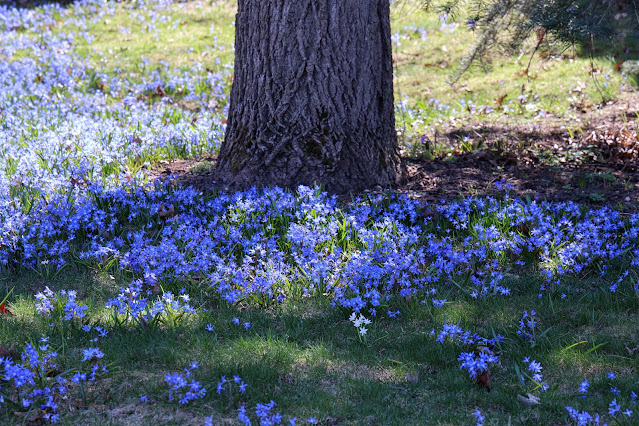I heard that a nearby cemetery was a great place for birding. Turns out it was. Quiet. Not a lot of people moving around. And there were plenty of birds. Crows, as expected, blue jays, robins, a tufted titmouse. Then I heard drumming and went looking for a woodpecker. Lucked out when I found this beautiful Red-Headed Woodpecker. Oh, and there were some really big birds flying overhead too.



































